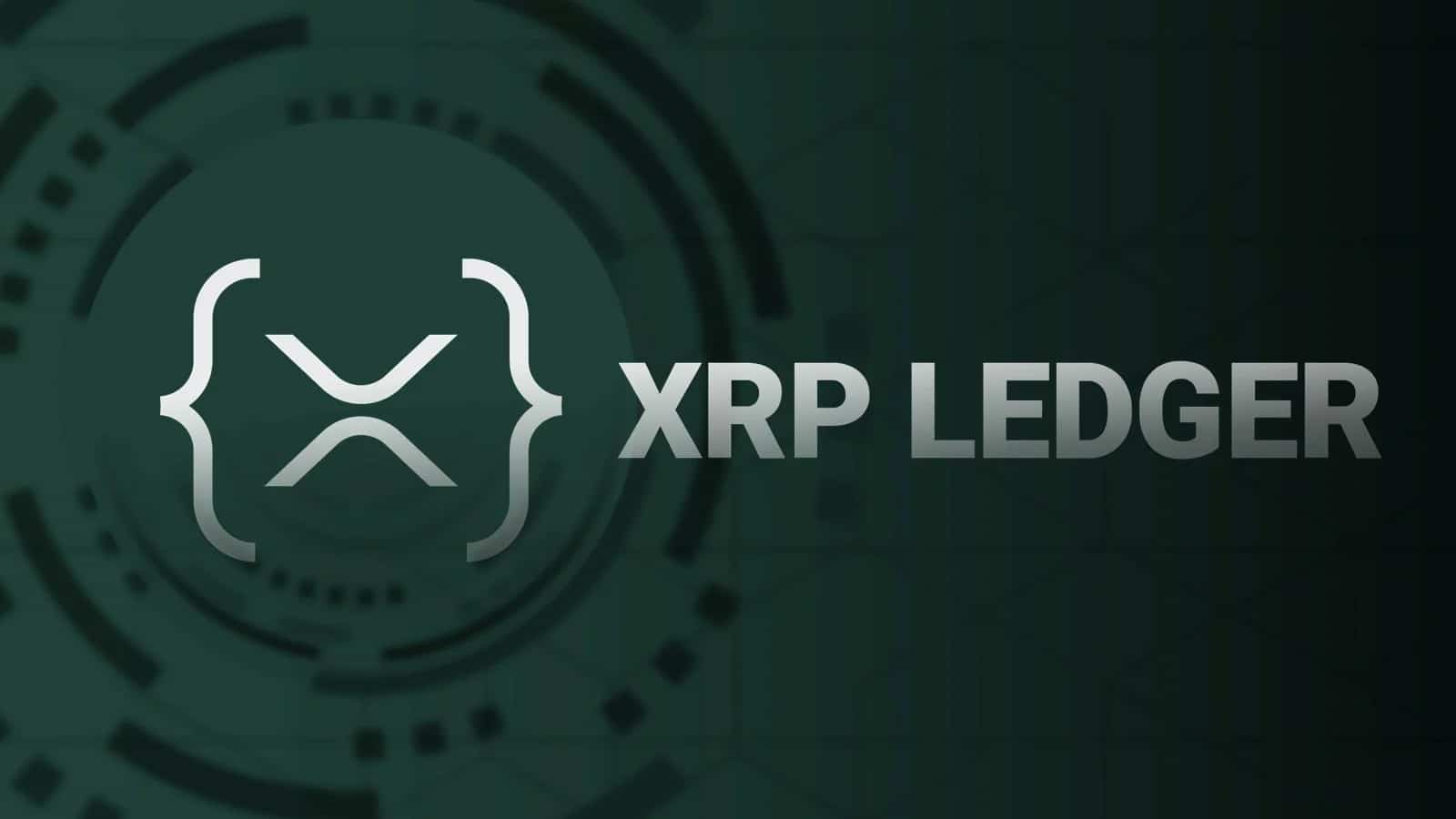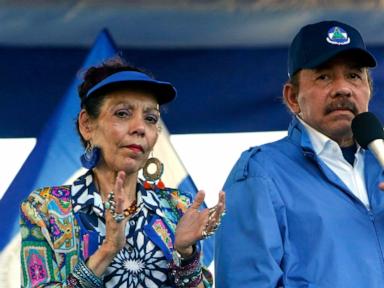ARTICLE AD BOX

-
The Deep Freeze amendment has been added to the XRPL to increase compliance, security, and attract institutional trust.
-
This gives issuers a powerful tool to preserve compliance and prevent spurious activity and regulatory matters, furthering peace of mind and control in high-risk circumstances.
The XRP Ledger (XRPL), a public blockchain launched in 2012 by Ripple Labs has now launched an update to its compliance toolset with the “Deep Freeze” feature. The feature, according to Shawn Xie, bridges the gaps of the existing Trustline Freeze, which has limitations on single assets. Previously, an issuer would have to freeze each asset on a per-user basis, which was not optimal for wide-scale compliance demands.
While users can still hold and transfer their remaining balances, the freeze prevents any new transactions on the affected trustlines, providing a more effective way to manage compliance. This new protocol-level tool gives token issuers more control over the assets they issue, helping them meet essential regulatory requirements, prevent fraud, and adhere to sanctions compliance.
The feature is useful for entities that use XRPL to create tokenized real-world assets (WRAs), stablecoins, or other forms of financial instruments. Multiple stablecoins, including Ripple’s RLUSD, Societe Generale Forge’s EURCV, and Braza Bank’s BBRL, have been issued on XRPL and are taking advantage of the platform’s compliance functions. The report reads, “it would benefit from attracting major regulated stablecoin issuers like Circle, who rely on the ability to freeze, send, and receive functions for sanctioned addresses.”
What Is Deep Freeze?
The Deep Freeze function, which was standardized in amendment XLS-77d, allows token issuers on the XRPL to freeze all assets held by a specified account at the protocol level. Unlike the existing trustline freeze that just stops new transactions, Deep Freeze goes a step further to restrict all outgoing transactions, putting the assets in a state of immobilization.
By incorporating Deep Freeze, issuers can opt to block transactions to and from frozen accounts, ensuring token-holders don’t inadvertently spend money that’s frozen. This would allow both institutions and individuals to be regulatory compliant while also holding back asset transfer. Knowing that in times of need, every transfer can be seen not just on the ledger but on the network as well.
Also, when suspected fraud or security breaches have occurred, issuers can restrict asset movement to safeguard the integrity of their assets, a cornerstone in the case of financial institutions. Governments and compliance agencies can blacklist entities that are involved in illicit activities, and Deep Freeze is an effective tool in staving off fraudulent or unauthorized transactions.
According to Ripple’s Q1 2025 XRP Markets Report published on Monday, the outlook for the industry remains largely positive. According to the report, “Optimism across the crypto space remained high, fueled by a wave of positive developments from the new US administration.”
After a surge of robust growth in Q4 2024, the XRP Ledger saw normalization in the last quarter with a 30–40% decline in new wallet creation and overall transaction volume on the XRPL. However, RLUSD was a source of on-chain activity with its market capitalization of more than $90 million and overall DEX volume of more than $300 million.
.png)
 1 month ago
3
1 month ago
3








 English (US)
English (US)